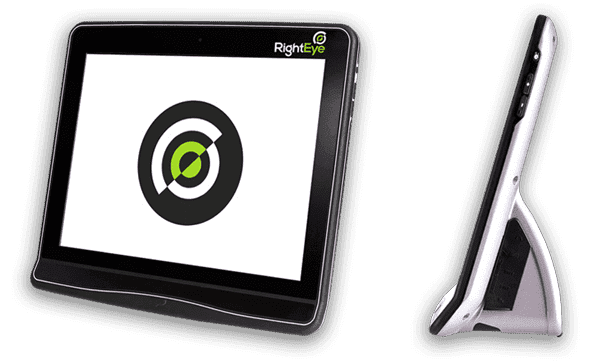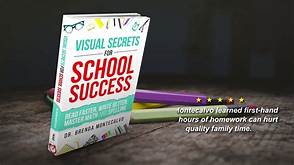
2022 was a milestone year for the RightEye company. They celebrated their 10th Anniversary and crossed over the 6 million eye tracking test threshold. To-date, RightEye has conducted over 6.4 million tests, helping improve the lives of tens of thousands of patients, students, and athletes.
The RightEye Vision System is the world’s first commercialized eye-tracking solution for general healthcare and wellness—It is nothing like traditional vision tests. It uses non-invasive eye-tracking technology to record patient's eye movements and compare specific results to an age-appropriate level of functional visual skills.
Dr. Vincent has implemented the RightEye technology in our office since 2018. She performs RightEye's specialized testing during Vision Therapy Evaluations to help determine visual efficiency and reading readiness skills. She will then often prescribe a program of Vision Therapy based on the patient's RightEye testing results for Dynamic Vision and Reading EyeQ, in addition to her binocular vision assessment and the patient's presenting signs and symptoms. RightEye testing is repeated during the Vision Therapy program to monitor progress and changes.
The Scientist Behind the Solution
Dr. Melissa Hunfalvay, RightEye’s Chief Science Officer and Co-Founder, explains how our eyes are a window into our health at TEDx Talks.
www.youtube.com/watch?v=GW02Vo641dU&t=11s
The RightEye Vision System is the world’s first commercialized eye-tracking solution for general healthcare and wellness—It is nothing like traditional vision tests. It uses non-invasive eye-tracking technology to record patient's eye movements and compare specific results to an age-appropriate level of functional visual skills.
Dr. Vincent has implemented the RightEye technology in our office since 2018. She performs RightEye's specialized testing during Vision Therapy Evaluations to help determine visual efficiency and reading readiness skills. She will then often prescribe a program of Vision Therapy based on the patient's RightEye testing results for Dynamic Vision and Reading EyeQ, in addition to her binocular vision assessment and the patient's presenting signs and symptoms. RightEye testing is repeated during the Vision Therapy program to monitor progress and changes.
The Scientist Behind the Solution
Dr. Melissa Hunfalvay, RightEye’s Chief Science Officer and Co-Founder, explains how our eyes are a window into our health at TEDx Talks.
www.youtube.com/watch?v=GW02Vo641dU&t=11s


 RSS Feed
RSS Feed